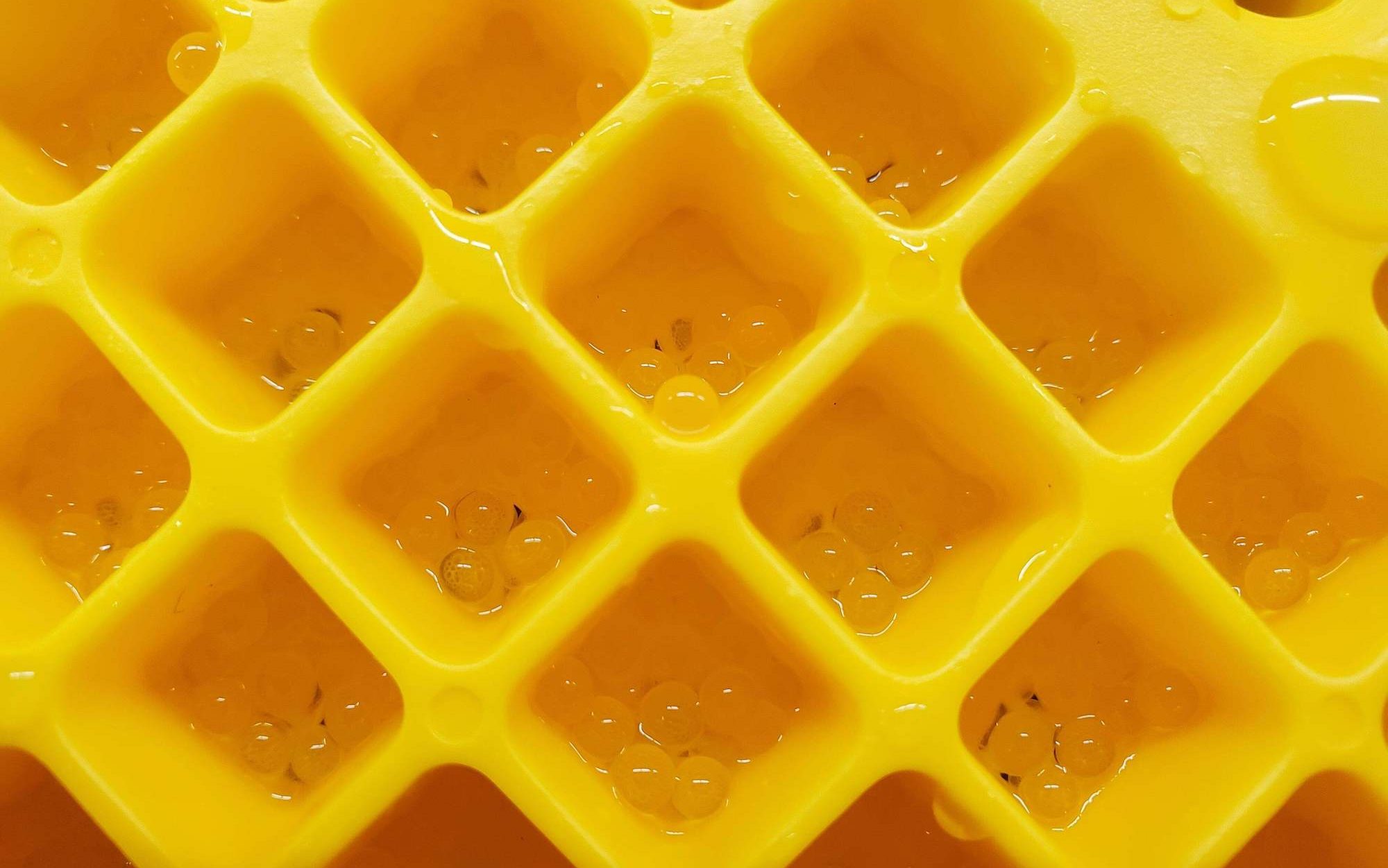In the Great Lakes, whitefish are among the most important commercial fish around. Lake Superior, Lake Michigan and Lake Huron all have major commercial fisheries for whitefish, which are served in restaurants locally and shipped as far away as Europe. But in recent years, the numbers of whitefish have declined.
In an effort to boost the population again, an experimental restoration program has formed under a partnership between the Michigan Department of Natural Resources, The Nature Conservancy, the Little Traverse Bay Band of the Odawa and the Sault Tribe of Chippewa Indians. Matt Herbert, TNC’s senior conservation scientist in Michigan tells how the group is trying to expand the fish’s range by getting it to imprint on new rivers.
Q: Why are whitefish struggling?
Whitefish in Lake Michigan and Lake Huron have declined [by 50%] over the last 15 years since the [nonnative] quagga mussel invaded the lakes and changed the food web. We think if we can get them spawning in our rivers—where there’s lots of food for those juveniles and really rich, productive nursery habitat—that will help build our populations back up.
Q: Where do they spawn now?
Whitefish are in the same family as salmon and trout: They tend to be deep in the water in the summertime and then in the fall, when the water is cool enough, they move into shallower habitats. They spawn on shallow rocky reefs in the Great Lakes, but historically they also spawned in the rivers. We lost those spawning runs in the late 1800s and early 1900s, during the whole Paul Bunyan logging era, when tons of sediment washed into our rivers and choked out spawning habitat. Logs were sent down the rivers to the mills, where they’d put a dam over the river. The dam would catch the logs and turbines would power the mill. The combination of those two things—the sediment and sawdust and the dams—virtually wiped out whitefish from our rivers throughout the Great Lakes so much so that people don’t think of whitefish as river fish anymore. But now our river conditions have improved enough that they could use them again.

Q: So how do you get them to use those rivers again?
The best time for imprinting—for salmon at least—is when they hatch. So our thinking—the project is a partnership of the Sault Tribe of Chippewa Indians, TNC, Little Traverse Bay Band of Odawa Indians and the Michigan Department of Natural Resources—was if we can have the eggs overwinter in the river and they hatch there, that’s our best chance that they will return to the river [to spawn later in life]. We don’t know that it’s going to happen but it’s logical that they would return to their natal habitat. We also think that there is a possibility that we could stock fish and they would come back, so we are trying that as well.
Q: How did the first year go?
More than anything this year was just a first attempt to see, Can we do it and we did. Last fall we put out 100,000 fish eggs into six incubators—these were from fish that the Sault Tribe spawned right downstream.
Q: A fish incubator? How does that work?
It’s really just something that houses the eggs. We try to distribute the eggs evenly across incubators—with about 16,000 eggs in each.
The goal here is to imitate what the eggs would do in the wild. So in the wild, whitefish would lay their eggs in the rocks, and then the eggs would work their way down among the rocks. It’s important that they stay oxygenated, that they have good flow washing over them. Well, these incubators can sit on the bottom kind of similar to the rocks, and they’re getting flow washing across them. But they’re secured to the bottom of the river, they’re not bumbling and moving downstream or anything like that. And then they overwinter and then in the spring, when the eggs are ready to hatch, they hatch and then they can leave on their own.

Q: You mentioned you’re also experimenting with stocking fish rather than eggs.
Yes, as larvae. My Sault Tribe colleague suggested it. He said, “What if we stock them in the spring as fry after they hatch? They stock salmon that way, and salmon imprints.”
So we stocked 2500 young fish in a different river. And, then we sampled that day to look at dispersal. We were able to collect eight of those fish that day. One of them, just within a couple of hours, was over a kilometer downstream.
The question remains will they return? That’s still a big question. I feel very confident that the egg approach will work. The logic is there that they would return to that river if we raised them as eggs. I’m not as confident about the fry, but if it works, that’s important to know, because it’s a lot easier to stock a bunch of young fish. So we’re going to continue that.

Q: How will you know if the experiments ultimately worked?
The one big question here is, will they return to spawn? We’ll start looking for them in three or four years, but we probably won’t start seeing fish return for five or six years. So it’s going to take us a while. But in the meantime, we can perfect the incubation process and our ability to do it.
You know, that’s how science works: It’s incremental and we’re learning as we go.




Great article. I remember back in the mid 1950’s my great uncle showed me where the Indians speared whitefish. It was in the crooked river, that runs between Burt lake and Crooked lake. About a mile or so east of I-75. Good luck!